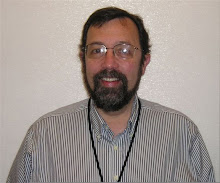Since the last post, I have been struggling with creating a matrix to describe the stages of development of organizations, and the developmental tasks needed to increase in organizational complexity. In thinking through the creation of a unified model that includes Greiner’s business oriented crises, Simon’s idea – based development of non profits, and the self organizing anthropological stages that groups go through, I realized that there are only a few variables:
Environment – this really represents the resources available to the group:
o Are the existing resources (food, money, technology, infrastructure) able to support the move to increasing complexity?
o Will the environment (weather, natural resources, macro - economics) be stable enough to support?
Population –
o Are there enough people, with the needed skills in the needed proportions, to support the next level of organization?
o Does the population see itself as having enough common interests (language, history, ethnicity, economic interests, common enemies) to organize in a larger context?
Leadership –
o Are there person/persons with the vision and charisma to organize the population around the idea of the next organizational stage?
o Does the leadership have the organizational skills to pull it off?
Cooperation/conflict –
o Is the culture of the group able to cooperate sufficiently to re-organize?
In this model, all of the above need to be in place in order for the move to next level of complexity to happen. If you look at Greiner’s model (see the previous post), he poses crisis points which a business faces in moving to more complex levels.
In the epigenetic model, this is expanded to the environment as a whole, and the ability of the group to utilize the “favorable” conditions with the appropriate leadership.
Tuesday, August 31, 2010
Subscribe to:
Comments (Atom)
